Did you know that lettuce is not only one of the most popular vegetables in the United States but also one of the easiest to grow? With a little know-how and some fresh tips, you can enjoy a crisp and plentiful harvest of leafy greens right in your own backyard. Whether you’re a seasoned gardener or just starting out, cultivating a lettuce vegetable garden is a rewarding endeavor that will provide you with nutritious salads and a sense of accomplishment.
Key Takeaways:
- Growing lettuce is beginner-friendly and requires minimal maintenance.
- Lettuce can be grown in pots, planters, or traditional garden beds.
- Start lettuce from seeds or seedlings, depending on your preference.
- Harvest lettuce at the right stage of maturity for the best taste and texture.
- Store harvested lettuce properly to maintain its freshness and crispness.
Understanding the Different Types of Lettuce
When it comes to lettuce, there are different types to choose from, each offering its own unique flavor and texture. Let me introduce you to the two main categories: loose-leaf lettuce and head lettuce.
Loose-leaf lettuce: This category includes varieties such as green, red, and oak leaf lettuce. These lettuces have loose, open leaves that grow in a rosette shape. The leaves are tender and have a delicate flavor. You can continuously harvest loose-leaf lettuce by removing outer leaves while allowing the plant to keep growing, providing you with a regular supply of fresh greens for your salads.
Head lettuce: Head lettuce, on the other hand, forms a tight, compact head of leaves. Varieties of head lettuce include crisp-head, butterhead, and romaine lettuce. Crisp-head lettuce, like the popular Iceberg lettuce, forms a dense and crunchy head. Butterhead lettuce, such as Bibb or Boston lettuce, has tender leaves with a sweet and buttery flavor. Romaine lettuce, often used in Caesar salads, has elongated leaves and a satisfying crisp texture. Head lettuce is typically harvested when the head is complete, providing you with a beautiful centerpiece for your salads.
By growing a variety of both loose-leaf and head lettuces in your garden, you can enjoy a continuous supply of fresh and flavorful greens throughout the growing season.
Starting Lettuce from Seeds
When it comes to lettuce, starting from seeds is an excellent way to grow this cool season crop. Direct seeding can be done easily and yields successful germination. Let me walk you through the steps to get started.
Direct Seeding
Direct seeding involves planting the lettuce seeds directly into your garden or planter. It’s best to seed lettuce two weeks before the final frost date in your region, as it thrives in cool weather. By doing so, you will provide the ideal conditions for the seeds to germinate and grow.
Tip: To find the final frost date in your region, consult the Farmer’s Almanac or check with your local agricultural extension office.
Germination Process
To get started, scatter the lettuce seeds on the surface of the soil, spacing them about an inch apart. Then, gently cover the seeds with a dusting of soil. Avoid burying them too deep, as lettuce seeds need light to germinate. Maintain consistent moisture in the soil to aid germination.
Tip: Mist the soil with water regularly to keep it moist, but avoid overwatering, as this can cause the seeds to rot.
Thinning Seedlings
Once your lettuce seedlings have sprouted and reached a height of about two weeks, it’s time to thin them. This process involves removing some of the seedlings to create adequate spacing for proper growth. For loose-leaf lettuce varieties, keep one plant every six inches. For head lettuce varieties, leave one plant every twelve inches.
Tip: Thinning seedlings allows for better airflow between the plants, reducing the risk of diseases and promoting healthier growth.
| Lettuce Type | Spacing |
|---|---|
| Loose-Leaf | 6 inches apart |
| Head Lettuce | 12 inches apart |
By following these steps, you can ensure that your lettuce seedlings have the space they need to thrive and produce a bountiful harvest.
Growing Conditions for Lettuce
Lettuce thrives in moist and fertile soil, so it is important to provide it with a well-draining and nutrient-rich environment. Adding compost or organic fertilizers like blood or alfalfa meal to the soil will help provide the necessary nutrients. Lettuce also requires bright sunlight but can benefit from shade in the hotter parts of the day. Adequate watering is essential for lettuce, as it prefers moist soil but should not be soaked. Using row covers to shade the leaves and mulch to keep the roots cool can help maintain optimal growing conditions for lettuce.
Best Times to Grow Lettuce
Lettuce is a cool-season crop that thrives in the cooler temperatures of spring and fall. Planting lettuce during these seasons ensures the best growing conditions for this versatile leafy green. Lettuce can become bitter and bolt (produce a flower stalk) in hot weather, so it’s important to avoid planting it during the peak of summer.
For a successful lettuce garden, I recommend following a spring and fall crop strategy. In the spring, start with loose-leaf lettuce varieties, such as Green Leaf or Red Oak Leaf. These quick-maturing lettuces are perfect for early season planting and will provide you with a delicious harvest in just a few weeks.
“I love growing loose-leaf lettuce in the spring because it’s so satisfying to see the first green leaves emerging from the soil. It adds a burst of freshness to my salads!”
As the weather warms up, you can transition to longer-term head lettuce varieties like Butterhead or Romaine. These varieties take longer to mature but offer a larger, more substantial head of lettuce.
“I enjoy watching the head lettuce slowly grow and then finally being able to harvest a full, crisp head. It’s like nature’s treasure waiting to be discovered in the garden!”
To ensure a continuous supply of lettuce throughout the season, consider succession planting. You can sow new batches of lettuce every two to three weeks, staggering the maturity dates. This way, you’ll avoid having all your lettuce plants mature at once and have a steady supply of fresh greens for your meals.
Here’s a table summarizing the best times to grow lettuce:
| Season | Ideal Lettuce Varieties |
|---|---|
| Spring | Loose-leaf lettuce (Green Leaf, Red Oak Leaf) |
| Summer | Bolting-resistant varieties (Romaine, Butterhead) |
| Fall | Loose-leaf and head lettuce varieties |
By planning your lettuce garden carefully and taking advantage of the best times to grow, you’ll enjoy a bountiful harvest of fresh, crisp lettuce for your salads and other dishes. Happy growing!
Potential Problems and Pests
While growing lettuce is generally easy, there are a few potential problems and pests that gardeners should be aware of. By taking proactive measures and implementing effective strategies, we can ensure the health and success of our lettuce plants.
Fungal Diseases: Prevention through Cultural Practices
One common challenge that lettuce growers may face is fungal diseases. These diseases can cause wilting, discoloration, and even death of the plants. However, by adopting good cultural practices, we can minimize the risk of fungal infections and promote the overall well-being of our lettuce plants.
Cultural practices such as maintaining healthy soil, providing ample sunlight and airflow, and avoiding excessive moisture can help prevent fungal diseases. Ensure the soil is well-draining and fertile, and consider adding compost or organic matter to improve its quality. By planting lettuce in a location that receives at least six hours of sunlight each day and providing adequate spacing between plants, we can create an environment where fungi find it challenging to thrive. Additionally, avoid overhead watering and opt for methods that deliver water directly to the root zone, such as drip irrigation or a soaker hose.
Common Pests: Aphids, Slugs, and Cutworms
Aphids, slugs, and cutworms are pests that frequently target lettuce plants. If left uncontrolled, these pests can cause significant damage and reduce the productivity of your lettuce garden. However, there are several effective strategies you can employ to combat them.
Aphids: To repel aphids naturally, consider planting chives near your lettuce. The strong scent of chives acts as a natural deterrent for these tiny insects.
Slugs: Diatomaceous earth powder is a natural and non-toxic remedy for slugs. Sprinkle a thin layer around your lettuce plants, creating a barrier that slugs find difficult to cross. Another option is to use Bt (Bacillus thuringiensis), an organic microbial insecticide, which selectively targets slugs and caterpillars while sparing beneficial insects.
Cutworms: Cutworms can be deterred by creating physical barriers. Surround your lettuce plants with a cutworm collar made from cardboard or a similar material. Insert the collar 1-2 inches into the soil to disrupt the pest’s movement and prevent them from reaching the plant stem.
Additionally, keeping your garden free from debris, removing weeds, and regularly inspecting your lettuce plants can help identify and mitigate pest issues early on.
Fencing and Container Gardening
If you’re concerned about larger pests, such as rabbits or deer, consider investing in good fencing to safeguard your lettuce plants. A sturdy fence around your garden can keep these animals at a safe distance and protect your harvest.
Container gardening is another option to prevent pest damage. By growing lettuce in containers, you have greater control over the growing conditions and can easily move the containers to discourage pests from settling in one location.
Common Pests and Control Methods for Lettuce
| Pest | Control Methods |
|---|---|
| Fungal Diseases | Ensure healthy soil, provide ample sun and airflow, avoid excessive moisture |
| Aphids | Plant chives nearby |
| Slugs | Use diatomaceous earth powder or Bt, create barriers |
| Cutworms | Use cutworm collars |
Note: The control methods mentioned above are natural and non-toxic alternatives. We encourage environmentally friendly practices to maintain a healthy ecosystem.
Gardeners who remain vigilant in monitoring their lettuce plants and addressing any potential problems or pests will be rewarded with a bountiful harvest of fresh, healthy lettuce. By implementing these strategies, we can enjoy homegrown lettuce that is free from fungal diseases and safe from common pests.
Growing Lettuce in Pots or Planters
When it comes to growing lettuce, pots and planters offer a convenient and versatile option. The small size and shallow roots of lettuce make it well-suited for container gardening. Whether you have a small balcony or limited space in your backyard, you can still enjoy the pleasure of fresh, homegrown lettuce.
To get started, simply sprinkle a few lettuce seeds or plant store-bought seedlings in a garden pot or planter. Within a few weeks, you’ll have an abundant supply of fresh crispy leaves for your salads. The mobility of pots allows you to easily move them around, optimizing sunlight exposure or protecting your lettuce from extreme weather conditions.
When selecting a pot or planter, choose one that is at least 8 inches deep to accommodate the shallow roots of lettuce. Ensure that it has drainage holes at the bottom to prevent waterlogging. Using a potting mix specifically formulated for container gardening will provide the right balance of nutrients and drainage for optimal growth.
For even better results, consider adding nitrogen-rich amendments to your potting mix. Blood meal or composted manure are excellent choices that will enhance the growth and flavor of your lettuce. These amendments supply essential nutrients, promoting vibrant green leaves and abundant harvests.
Benefits of Growing Lettuce in Pots or Planters
“Portable gardening is a game-changer for those with limited space. Growing lettuce in pots allows me to enjoy fresh salads without the need for a traditional garden bed.”
There are several advantages to growing lettuce in pots or planters:
- Space-saving: Pots and planters take up minimal space, making them ideal for balconies, patios, or small gardens.
- Accessibility: Having your lettuce within easy reach allows for convenient harvesting, leading to a more enjoyable gardening experience.
- Temperature control: Pots can be moved indoors or into shade during hot summers, protecting lettuce from wilting or bolting.
- No weeding: Pots and planters greatly reduce the chances of weed invasion, saving you time and effort in maintenance.
- Less pest damage: Container gardening can help minimize the risk of pests and diseases, keeping your lettuce plants healthier.
With the right care and attention, your pots or planters can yield a continuous supply of fresh lettuce throughout the growing season. Consider growing different lettuce varieties in separate pots to add visual interest and experiment with flavors. Harvesting crisp, homegrown lettuce from your own portable garden is a rewarding experience you won’t want to miss!
| Lettuce Variety | Days to Harvest | Characteristics |
|---|---|---|
| Butterhead (Bibb) | 40-55 days | Tender leaves and mild flavor. Forms loose heads. |
| Romaine (Cos) | 60-75 days | Long, upright leaves with a crisp texture. Great for Caesar salads. |
| Loose-leaf (Red or Green) | 30-45 days | Colorful, loose leaves that can be harvested continuously. |
Harvesting and Enjoying Lettuce
Harvesting lettuce at the right stage of maturity is crucial to its taste and texture. The tender leaves of lettuce are best when they are young and right before they start to bolt or produce a flower stalk. To enjoy the freshest and most flavorful lettuce, it’s important to follow proper harvesting techniques.
For loose-leaf lettuce varieties, you have the option to continuously harvest the outer leaves while allowing the inner leaves to grow. This method ensures a constant supply of tender leaves throughout the growing season. Alternatively, you can trim the entire plant about an inch above the soil surface and let it regrow for a later harvest.
“To enjoy the freshest lettuce, harvest it in the morning before the sun hits the plants. This will ensure crisp and flavorful leaves.”
In the case of head lettuce varieties, such as Iceberg, it’s best to wait until the center of the lettuce head is firm before harvesting. This indicates that the lettuce is at its peak maturity and ready for harvest.
Timing is also essential when it comes to harvesting lettuce. The morning harvest, before the sun intensifies, is ideal for preserving the crispness of the leaves. Harvesting in the cooler hours of the day helps to maintain the lettuce’s quality and taste.
Proper storage is essential to keep harvested lettuce fresh and crisp. After washing and drying the lettuce leaves thoroughly, store them in a loose plastic bag in the refrigerator. This helps maintain the lettuce’s moisture balance without causing it to become soggy. To refresh wilted lettuce leaves, soak them in ice water for a few minutes before using them in your favorite salads or other dishes.
By following these guidelines for harvesting and proper storage, you can enjoy the delicious taste and nutritional benefits of your freshly harvested lettuce.
Why Lettuce is a Must-Have in Your Garden
Lettuce is a must-have vegetable in any garden for several reasons. It is particularly beginner-friendly, as it is easy to grow from seeds and requires minimal maintenance. Lettuce is also versatile, as it can be grown in pots, planters, or in-ground gardens. Its fast growth cycle allows for a quick harvest, and you can enjoy a continuous supply of fresh, crisp lettuce leaves throughout the growing season. Lettuce is a nutritious green vegetable that forms the base of many delicious and healthy salads.
The Benefits of Growing Lettuce
“Growing lettuce in your garden has numerous benefits. It is a beginner-friendly vegetable that requires minimal care and is well-suited for novice gardeners. Lettuce is a versatile vegetable, allowing you to grow it in various containers or directly in the ground. Its fast growth cycle means you can harvest fresh lettuce leaves in as little as a few weeks. Moreover, lettuce is loaded with essential nutrients, making it a valuable addition to your diet. Whether you want to add crunch to your salads or need a nutritious base for wraps and sandwiches, growing lettuce in your garden is a fantastic choice.”
– Emily Green, Gardening Enthusiast
Comparing Lettuce Varieties
| Lettuce Variety | Growth Habit | Maturity Time | Description |
|---|---|---|---|
| Green Leaf | Loose-leaf | 40-50 days | Crisp and slightly bitter leaves; suitable for salads and sandwiches |
| Romaine | Head-forming | 70-85 days | Tall, upright plant with sturdy leaves; perfect for Caesar salads and wraps |
| Butterhead | Head-forming | 55-70 days | Tender, buttery leaves that are great for sandwiches and lettuce cups |
Growing Tips for Successful Lettuce Cultivation
- Start with high-quality lettuce seeds or seedlings from a reputable source.
- Choose a sunny location with well-draining soil for optimal growth.
- Keep the soil moist but not waterlogged, as lettuce prefers slightly damp conditions.
- Plant lettuce in succession every few weeks to ensure a continuous harvest.
- Protect young seedlings from pests and harsh weather conditions with row covers or a cold frame.
- Provide adequate spacing between lettuce plants to allow proper airflow.
- Fertilize lettuce with compost or organic fertilizers to promote healthy growth.
By incorporating lettuce into your garden, you can enjoy the satisfaction of growing your own nutritious and versatile green vegetable. Its beginner-friendly nature, fast growth, and ability to thrive in various growing conditions make lettuce a must-have for any gardener, whether you have limited space or extensive garden beds.
Conclusion
Growing lettuce in your vegetable garden is a rewarding experience that provides you with fresh produce and nutritious leafy greens. By following the tips and guidelines discussed in this article, you can cultivate a thriving lettuce garden. Whether you choose to grow loose-leaf or head lettuce, start from seeds or seedlings, or grow in pots or traditional garden beds, lettuce is a versatile and delicious ingredient for salads and other dishes. Don’t forget to harvest lettuce at the right stage of maturity and store it properly to maintain its freshness and crispness. With a little effort and care, you can have a bountiful supply of farm-fresh lettuce right from your garden.

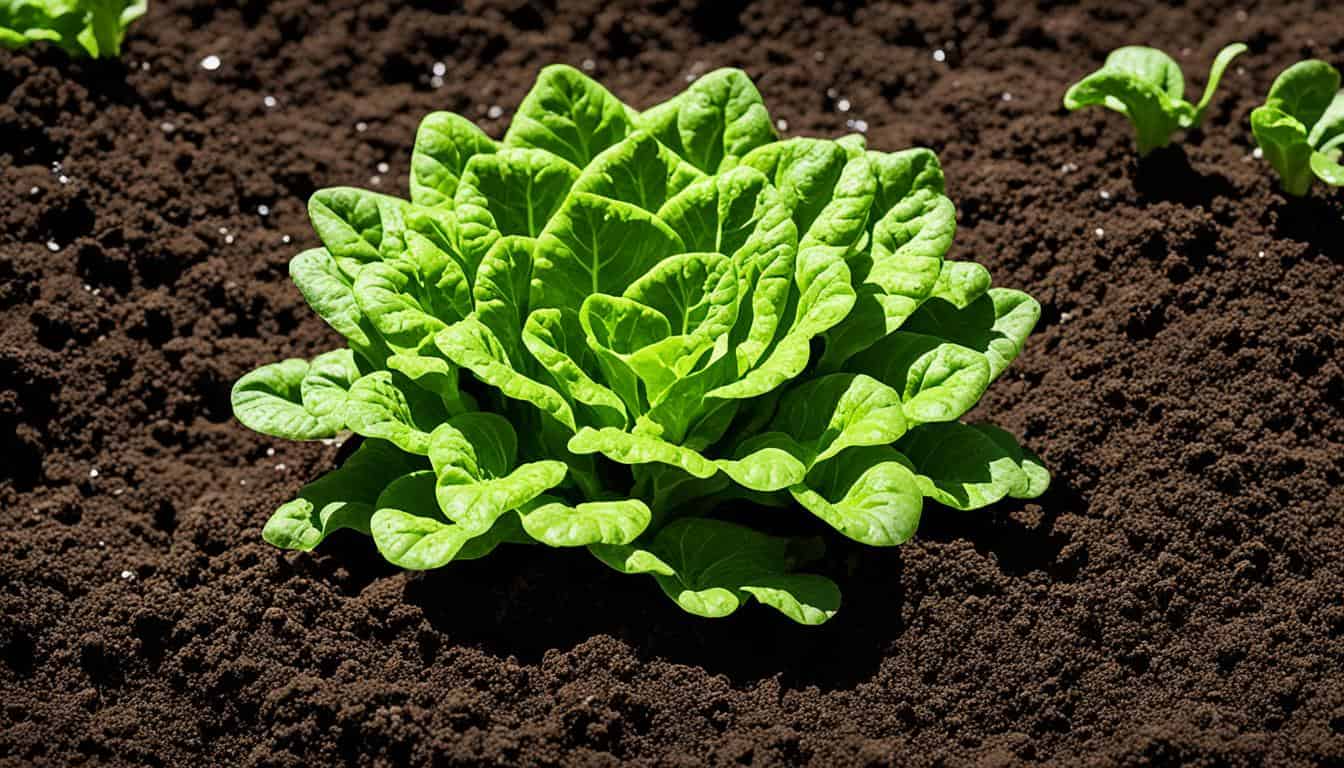
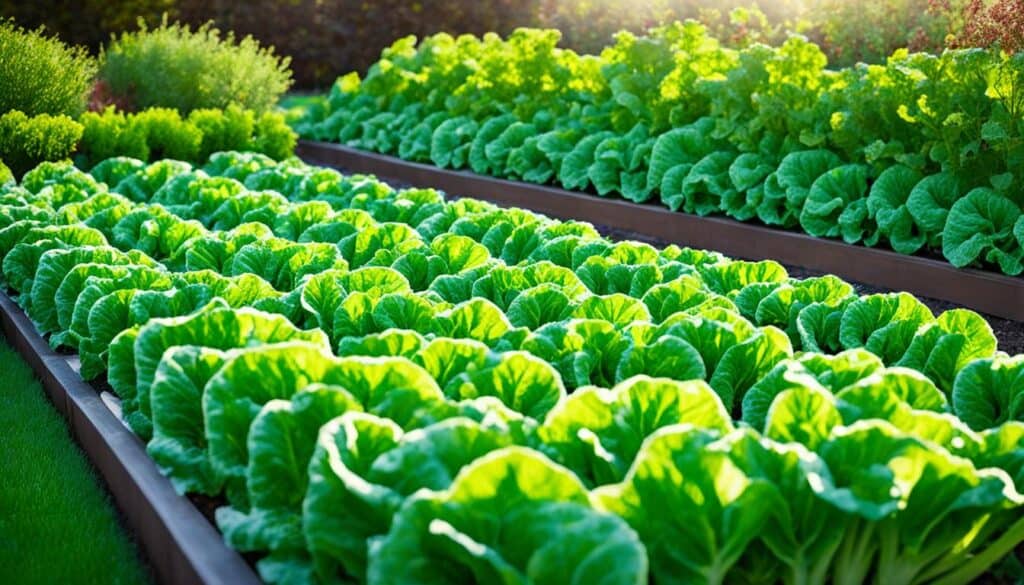
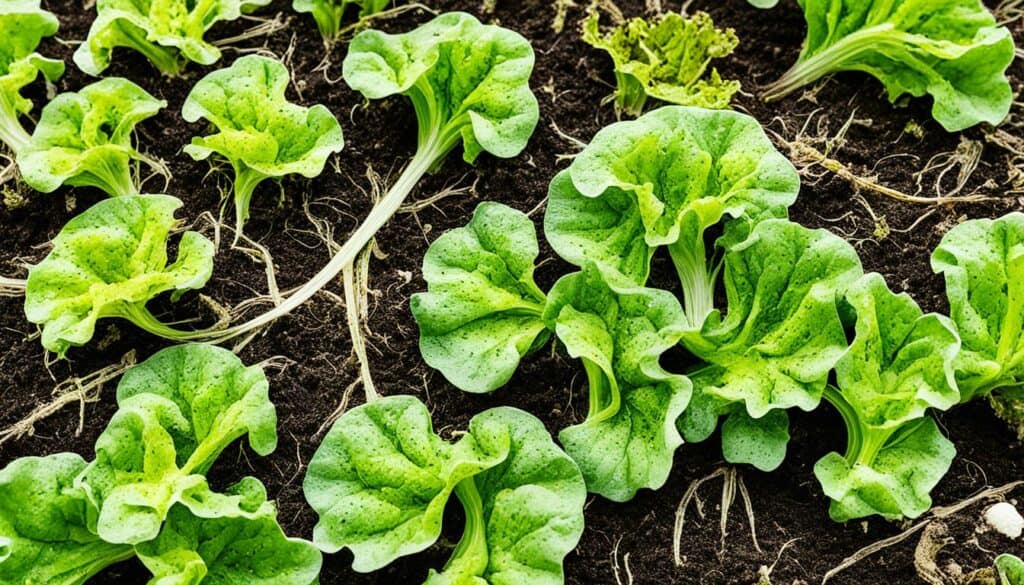
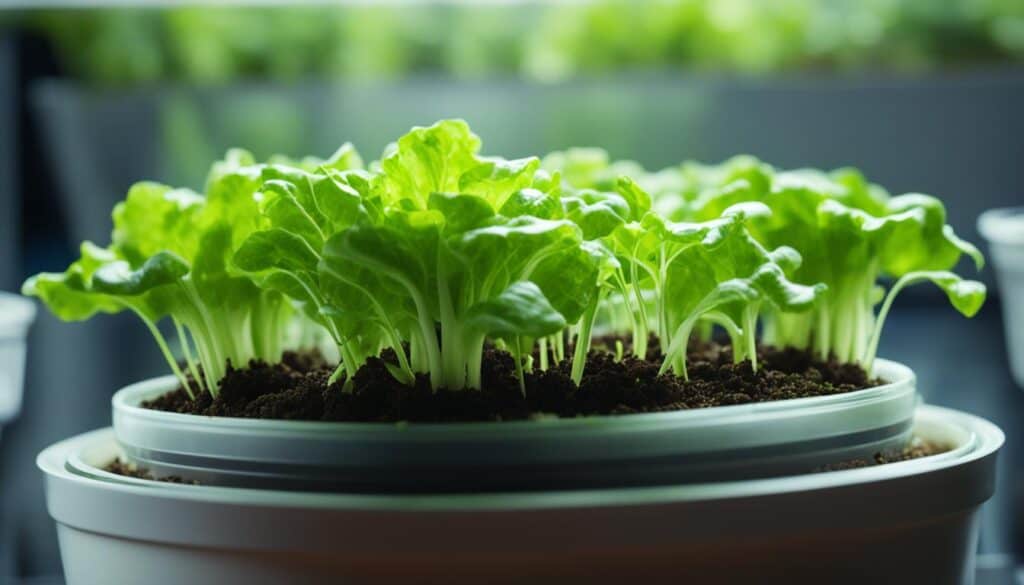
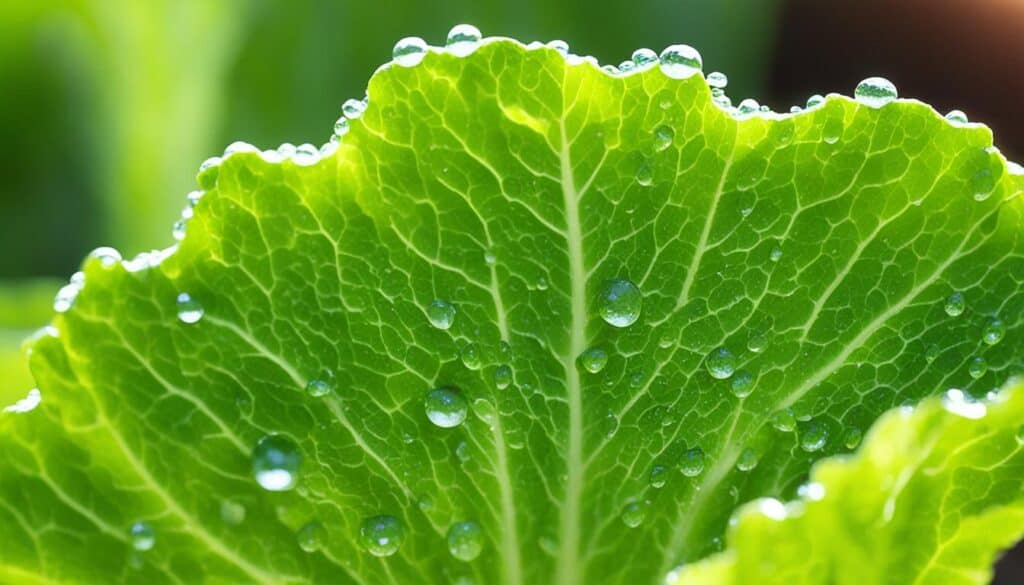

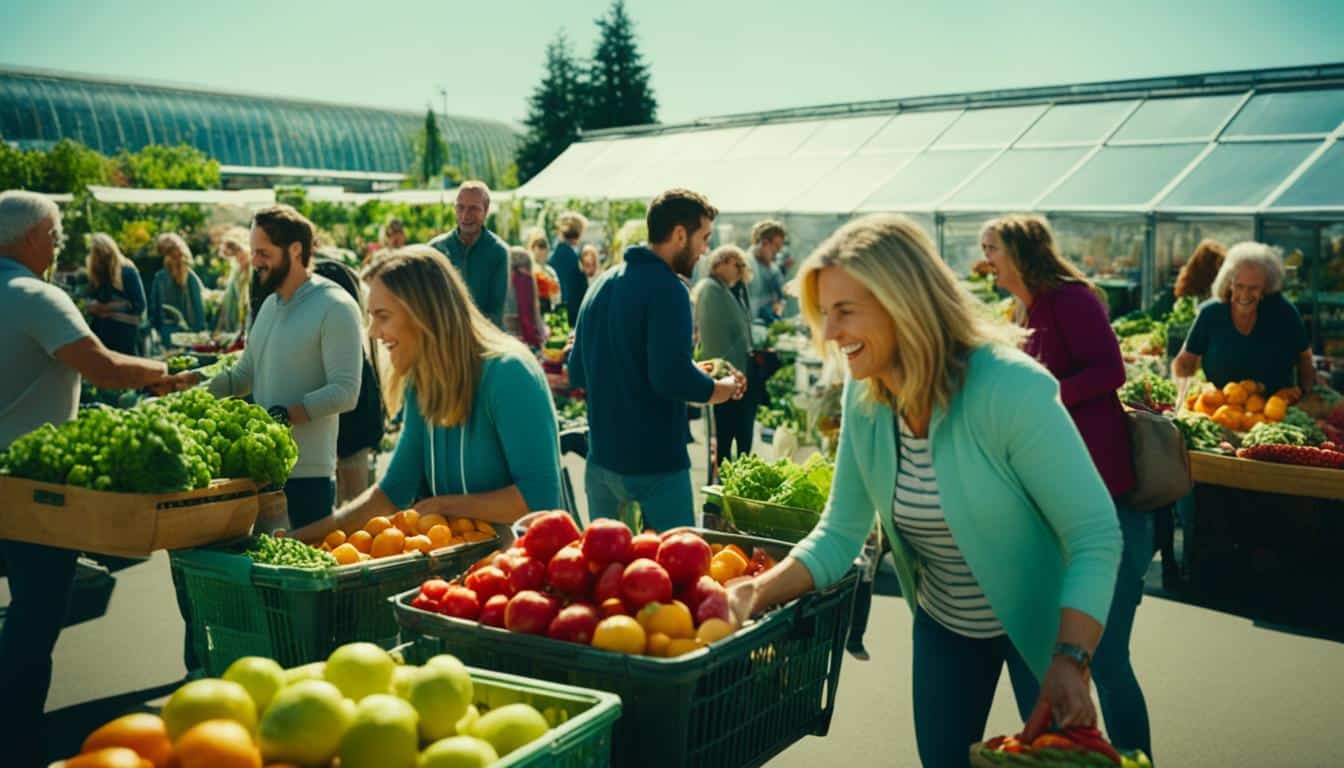

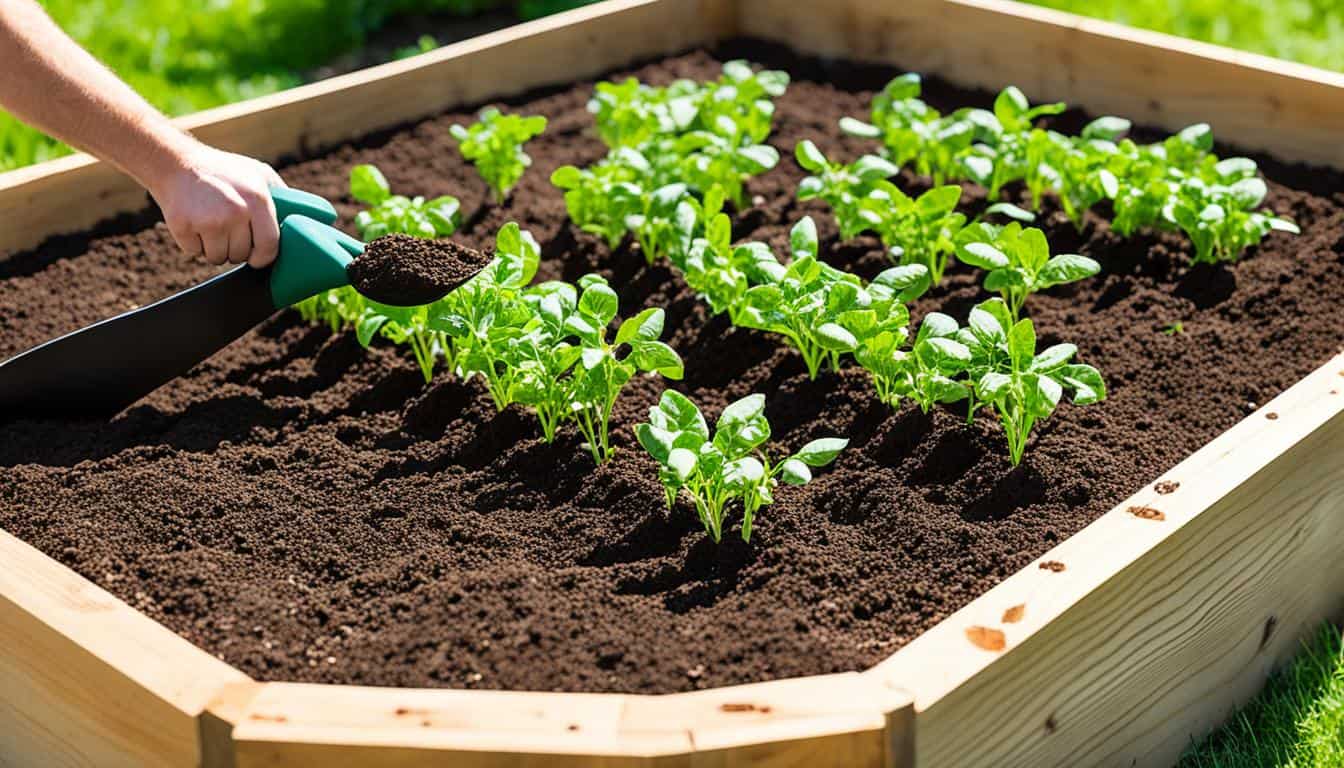
Leave a Reply